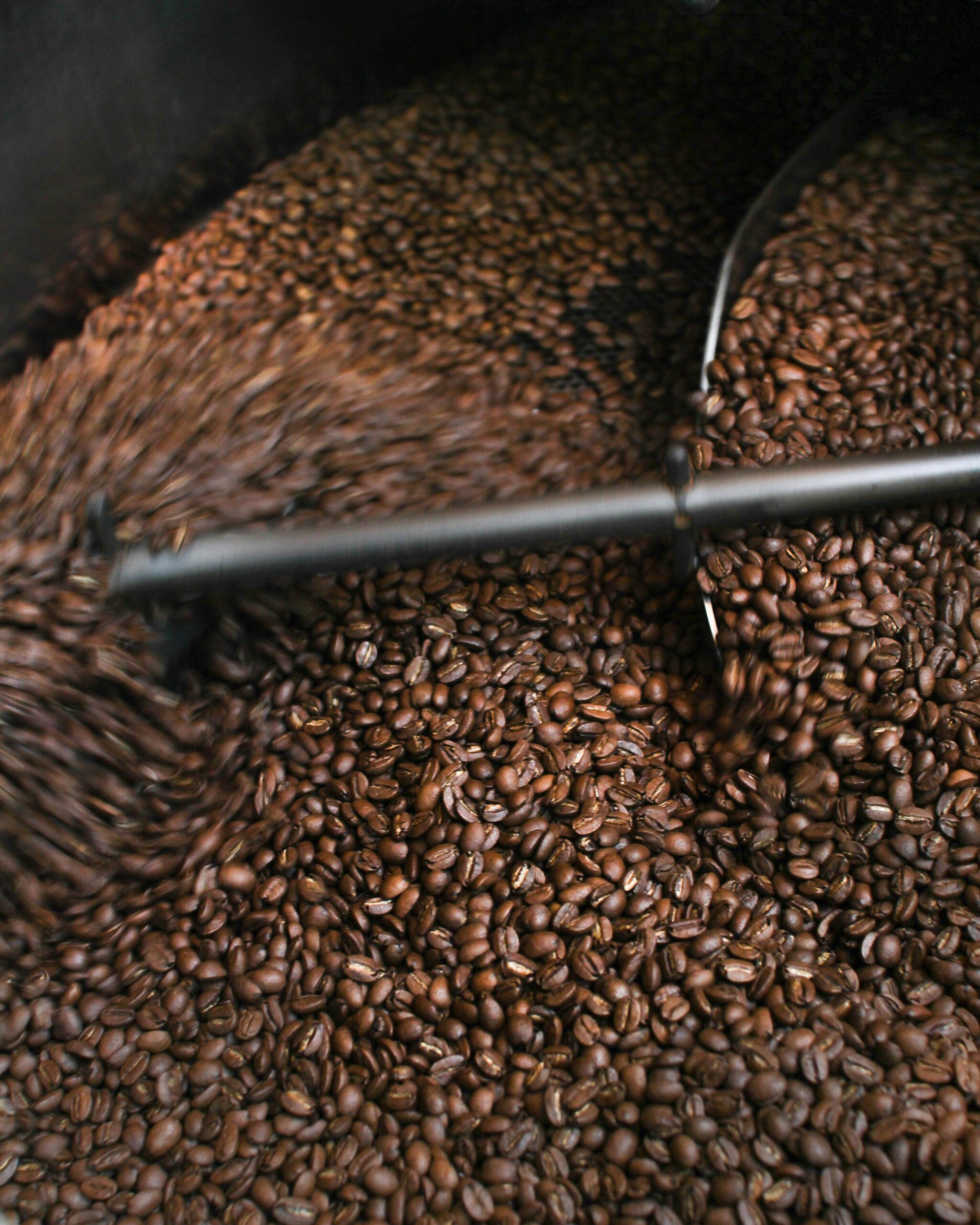Understanding Cold Brew and Nitro Coffee
Cold brew and nitro coffee may look similar in your favorite café, but they’re crafted differently and offer distinct flavor experiences. Both are served cold, but that’s where the similarity ends. Cold brew is made by steeping coarse coffee grounds in cold water for 12 to 24 hours. The result is a smooth, low-acid beverage with deep flavor notes.
Nitro coffee, on the other hand, begins with cold brew and infuses it with nitrogen gas. This creates a rich, creamy texture and cascading effect similar to draft beer. The nitrogen doesn’t add sweetness or calories but transforms the mouthfeel, offering a velvety sip that many coffee lovers appreciate. Knowing how each drink is prepared helps you choose the one that fits best into your daily coffee habit.
Flavor, Texture, and Brewing Techniques
Cold brew has a reputation for being mellow, slightly sweet, and less acidic than traditional iced coffee. Because it’s brewed slowly without heat, many bitter compounds are left behind. This makes it ideal for those with sensitive stomachs or those who enjoy drinking coffee black.
Nitro coffee starts with the same base but gains complexity through its texture. The infusion of nitrogen gives the drink a creamy body, a thick foam top, and a visual appeal that grabs attention. It’s often served without ice to preserve the cascading effect and maintain mouthfeel. While cold brew can be customized with flavors and milk, nitro coffee is usually enjoyed straight for a pure experience.
Here’s a quick comparison:
| Attribute | Cold Brew | Nitro Coffee |
|---|---|---|
| Acidity | Low | Low |
| Texture | Smooth | Creamy & velvety |
| Flavor Profile | Mild & mellow | Rich & fuller |
| Visual Appeal | Clear | Cascading foam top |
| Serving Style | Iced or with milk | Served straight |
Caffeine Content and Energy Levels
Both cold brew and nitro coffee are known for packing a caffeine punch. Since cold brew is often made as a concentrate, it can contain significantly more caffeine than standard hot coffee. A typical 12-ounce cup may contain between 150 to 300 mg of caffeine depending on the brewing method and bean type.
Nitro coffee usually has the same caffeine as cold brew but may feel stronger due to its texture and serving style. Because it’s often consumed without diluting additives like milk or ice, you get a more direct caffeine hit. For individuals needing consistent energy during long work hours or study sessions, both options offer lasting alertness without rapid peaks and crashes.
If you’re sensitive to caffeine, it’s best to monitor portion sizes. Choosing a cold brew diluted with water or milk can reduce intensity, while nitro coffee in smaller servings may be easier to manage.
Daily Drinkability and Lifestyle Fit
When it comes to choosing a daily coffee habit, taste and convenience play major roles. Cold brew is ideal for those who prefer batch preparation. You can make a large quantity at home and store it in the fridge for several days. It’s easy to customize, add flavors, and mix with plant-based alternatives.
Nitro coffee, however, is harder to replicate at home unless you invest in specific equipment. It’s best enjoyed fresh from the tap, making it more of a café or specialty store treat. Still, ready-to-drink nitro cans have become popular, allowing you to enjoy the experience with less hassle.
Consider these use cases:
- Cold Brew for Morning Prep: Ready to pour, mild on the stomach, easy to mix.
- Nitro Coffee for Midday Boost: Creamy texture, café-quality experience, consistent energy.
Both are excellent for busy lifestyles, but cold brew wins for flexibility while nitro stands out for indulgence.
Shelf Life and Cost Considerations
If you’re drinking coffee every day, shelf life and affordability matter. Cold brew concentrate stored in an airtight container can last up to a week in the fridge. You can customize servings based on need without brewing daily. This makes it a smart choice for budget-conscious coffee lovers.
Nitro coffee in cans or served fresh has a shorter lifespan once opened. The nitrogen loses effect quickly, so it’s best consumed immediately. It’s also generally more expensive due to the infusion process and packaging requirements. A single can may cost two to three times the price of standard cold brew.
Here’s a practical overview:
| Feature | Cold Brew | Nitro Coffee |
|---|---|---|
| Shelf Life | 5–7 days (stored) | Consume immediately |
| Cost Per Serving | Low to moderate | High |
| Home Brewing | Simple | Requires equipment |
| Waste Potential | Low | Moderate |
Cold Brew and Nitro Coffee in 2025 Cafés
In 2025, cafés around the world are expanding their cold coffee offerings. Cold brew remains a fixture on menus, often featured in creative drinks with syrups, spices, and infused botanicals. Nitro coffee is gaining ground in urban markets where coffee culture is deeply embedded.
Baristas now use single-origin beans, alternative water sources, and innovative steeping methods to elevate cold brews. Meanwhile, nitro drinks are served in sleek glasses and paired with plant-based pastries, creating an elevated coffee experience. The influence of third-wave coffee culture has pushed both drinks into premium territory.
Consumer preferences are also evolving. People seek beverages that align with their wellness goals, schedule, and environmental values. Cold brew fits the batch-prep lifestyle and sustainability angle, while nitro coffee appeals to those chasing quality and innovation.
Environmental Impact and Sustainability
Sustainability is another factor in daily coffee choices. Cold brew tends to be environmentally friendly when brewed at home. You control water usage, bean sourcing, and waste output. Using reusable filters or French presses also minimizes disposable materials.
Nitro coffee, especially in commercial settings, generates more packaging and requires gas infusion systems. While some brands are innovating with compostable cans and minimal waste dispensers, the setup still requires energy and equipment.
If your daily drink matters to your footprint, cold brew may be the better choice. It pairs well with zero-waste habits like using glass bottles, buying beans in bulk, and composting spent grounds.
Tips for Daily Coffee Optimization
Whether you prefer cold brew or nitro coffee, optimizing your routine ensures maximum satisfaction:
- Use filtered water for cleaner extraction
- Choose beans with flavor notes that complement cold brewing
- Store brew in glass containers to maintain taste
- Keep servings balanced to avoid caffeine overload
- Mix ingredients gently to avoid disrupting textures
If experimenting with nitro at home, consider portable kegs or mini infusers. Though pricier, they recreate the café experience with greater control.
Cold brew and nitro coffee represent the forefront of modern coffee culture. Each offers unique benefits: cold brew excels in versatility and low acidity, while nitro coffee delivers indulgent texture and visual appeal. The right choice depends on your goals, lifestyle, and sensory preferences.
For daily drinkers like you, it’s less about picking one and more about using both strategically. Cold brew can be your weekday staple, while nitro is your weekend luxury. Together, they create a complete coffee experience that’s flavorful, energizing, and rewarding every single day.

